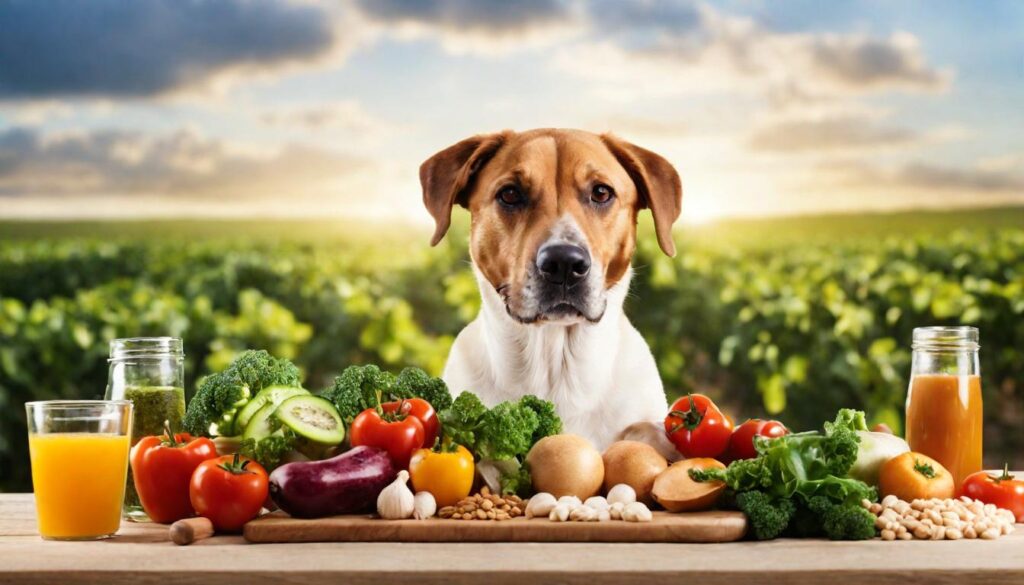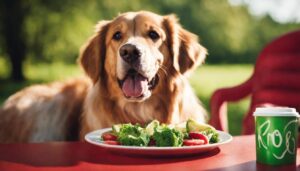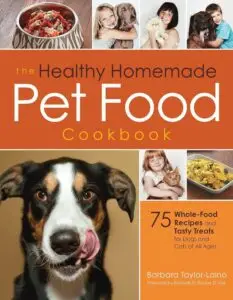
As pet owners, ensuring our dogs receive the best nutrition is crucial for their health and happiness. In this guide, we’ll explore various types of dog food, focusing on organic options and eco-friendly packaging. Let’s dive into the world of dog nutrition and discover the best choices for your furry friend.
Understanding Kibble and Its Impact
Kibble is one of the most common types of dog food available. It’s convenient, affordable, and has a long shelf life. However, many kibble brands contain high levels of carbohydrates and low moisture content, which can lead to chronic dehydration in dogs. Additionally, artificial flavours, colors, and preservatives can reduce its nutritional value.
While kibble can be a part of your dog’s diet, it’s essential to choose high-quality options that list real meat as the first ingredient and avoid artificial additives. Look for brands that use whole grains instead of fillers like corn and soy.
The Drawbacks of High-Carb Snacks and Canned Food
Many dog treats and snacks are high in carbohydrates, contributing to obesity and metabolic issues. Similarly, canned food, while higher in moisture and meat content, often contains synthetic vitamins and preservatives that can be harmful over time.
When selecting treats, opt for natural, low-carb options like freeze-dried meats or dehydrated vegetables. For canned food, choose products with minimal ingredients and no artificial additives.
Freeze-Dried Dog Food: A Nutritious and Convenient Choice
Freeze-dried dog food is gaining popularity for its nutritional benefits and convenience. This type of food retains most of the nutrients found in fresh ingredients due to the gentle freeze-drying process. It typically contains high levels of meat and healthy fats, with fewer carbohydrates.
While freeze-dried food can be more expensive, it offers superior nutrition and easy storage. Simply rehydrate the food with water before serving, providing your dog with a delicious and healthy meal.
Dehydrated and Air-Dried Dog Food: Cost-Effective and Nutritious
Dehydrated and air-dried dog food are excellent alternatives to traditional kibble. These methods remove moisture from the food, preserving nutrients and extending shelf life. These foods often have higher protein and fat content, supporting your dog’s health and energy levels.
When choosing dehydrated or air-dried food, ensure it’s made from high-quality ingredients without added sugars or artificial preservatives. These options can be more budget-friendly than freeze-dried food while still providing excellent nutrition.
Raw Dog Food: The Pinnacle of Canine Nutrition
Raw dog food is considered by many to be the best option for dogs, mimicking their natural diet. It typically includes raw meat, organs, bones, fruits, and vegetables, providing a biologically appropriate diet that doesn’t require cooking.
There are different approaches to raw feeding, such as pre-packaged raw meals or homemade diets. Pre-packaged options are convenient and balanced, while homemade diets allow for more customisation. However, it’s crucial to ensure your dog receives all the necessary customisation. nutrients. Consulting with a veterinarian or a pet nutritionist can help you formulate a balanced raw diet.
Enhancing Digestive Health and Behavioral Challenges
Feeding methods can also impact your dog’s health and behavior. Using slow feeders or food-dispensing toys can improve digestion and prevent bloatingbehaviour.. These tools encourage slower eating and provide mental stimulation, reducing boredom and destructive behaviors.
The Benefits of Organic Dog Food
Organic dog food is made from ingredients grown without synthetic pesticides, fertilizers, or genetically modified organisms (GMOs). This food type supports better health for your dog and promotes environmental sustainability. Organic food tends to have higher nutritional quality, free from artificial additives, making it a healthier choice for your pet.
Eco-Friendly Packaging: A Step Towards Sustainability
Choosing dog food with eco-friendly packaging is an excellent way to reduce your environmental footprint. Look for brands that use recyclable, biodegradable, or compostable packaging materials. This choice helps minimize waste and supports a cleaner planet.
Conclusion: Prioritizing Your Dog’s Health and the Planet
Feeding your dog a nutritious, balanced diet is essential for their overall well-being. By choosing organic and eco-friendly options, you can ensure your furry friend enjoys a healthy life while contributing to environmental sustainability. Remember, investing in high-quality dog food is an investment in your pet’s long-term health.
Explore our website for more articles on pet nutrition and eco-friendly living. If you have any questions or experiences to share, please leave a comment below. Let’s work together to provide the best care for our beloved pets!





